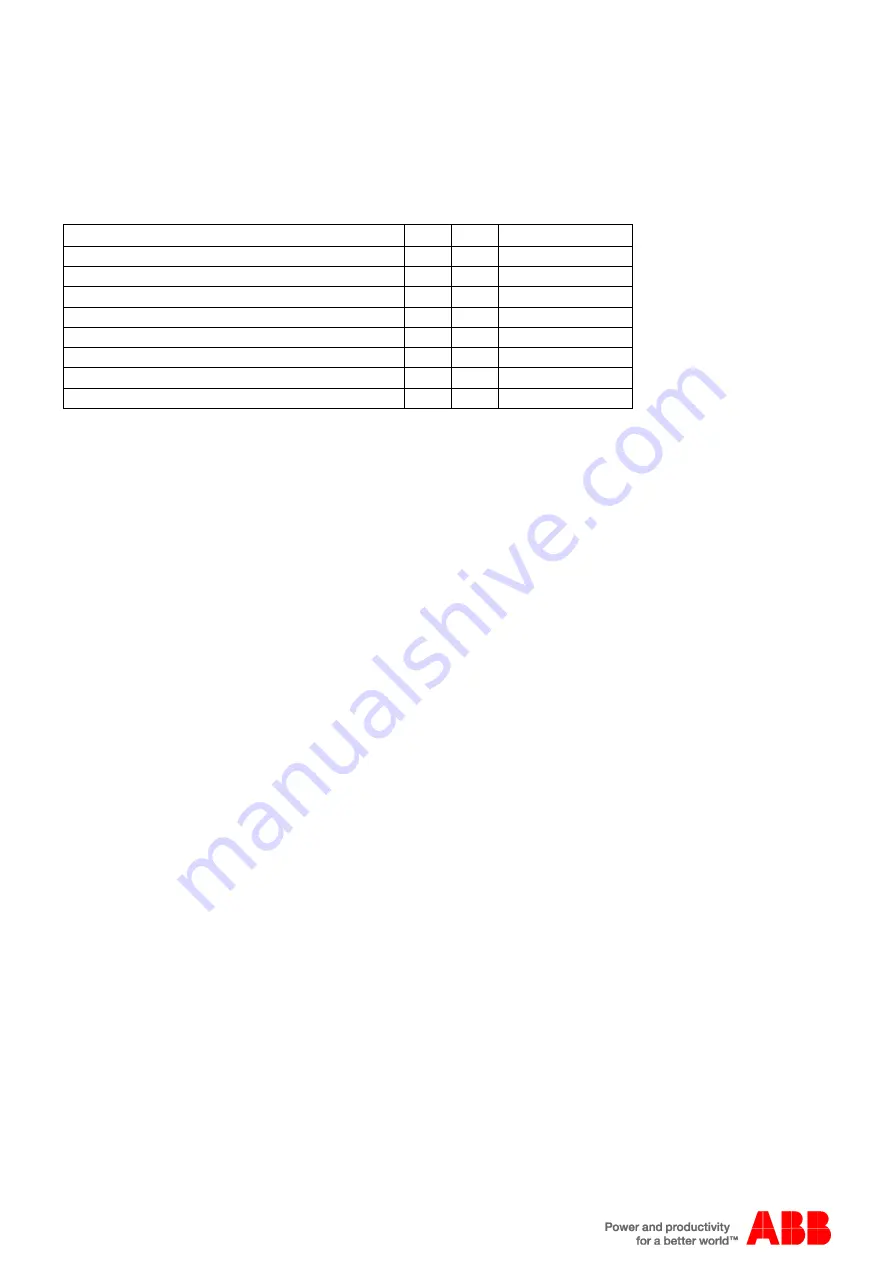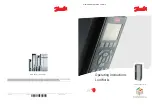
Application note
Integrated Modbus support
AN00198
ABB Motion control products
2
new.abb.com/motion
Methods of Modbus communications configuration
There are two different methods (depending on the motion product used) of configuring communication in the controller/drive via
Modbus. Older motion controllers and drives or those with older firmware use a program based Mint interpreter and the newer
products have the Modbus functions integrated into the firmware.
Please refer to the table below to select the appropriate firmware for integrated Modbus usage:
Product with integrated Modbus support
RTU
TCP
Required firmware
NextMove ESB-2
Yes
-
5424 onwards
NextMove e100
Yes
Yes
5633 onwards
MicroFlex e100
Yes
Yes
5633 onwards
MicroFlex e150
Yes
Yes
All versions
MicroFlex e190
No
Yes
All versions
MicroFlex e190 equipped with OPT-SIO-1 option card
Yes
Yes
5900 onwards
MotiFlex e100
Yes
Yes
5633 onwards
MotiFlex e180
No
Yes
All versions
The Integrated Modbus functionality is described in more detail below.
For more specific information on how to use and set up the Mint based Modbus refer to the corresponding Application Note
AN00185 - Mint based Modbus RTU Server
Getting Started with Modbus
Data format
When controllers are setup to communicate on a Modbus network using RTU (Remote Terminal Unit) mode, each 8
–bit byte in
a message contains two 4
–bit hexadecimal characters. Each message must be transmitted in a continuous stream.
The Mint interpreter offers support for Client devices with communication settings of:
•
7 data bits, 1 stop bit, Even Parity
•
7 data bits, 1 stop bit, Odd Parity
•
8 data bits, 1 stop bit, No Parity
Baud rates are limited to those supported by the Mint controller (and of course must match the baud rate setting made on the
Modbus Client device).
Message framing
In RTU mode, messages start with a silent interval of at least 3.5 character times. This is most easily implemented as a multiple
of character times at the baud rate that is being used on the network.
The first field transmitted is the device address (in this case the node address of the Mint controller). Networked devices monitor
the network bus continuously, including during the ‘silent’ intervals. When the first field (the address field) is received, each
device decodes it to find out if it is the addressed device.
Following the last transmitted character, an interval of at least 3.5 character times marks the end of the message. A new
message can begin after this interval. The entire message frame must be transmitted as a continuous stream. If a silent interval
of more than 1.5 character times occurs before completion of the frame, the receiving device flushes the incomplete message
and assumes that the next byte will be the address field of a new message.



































